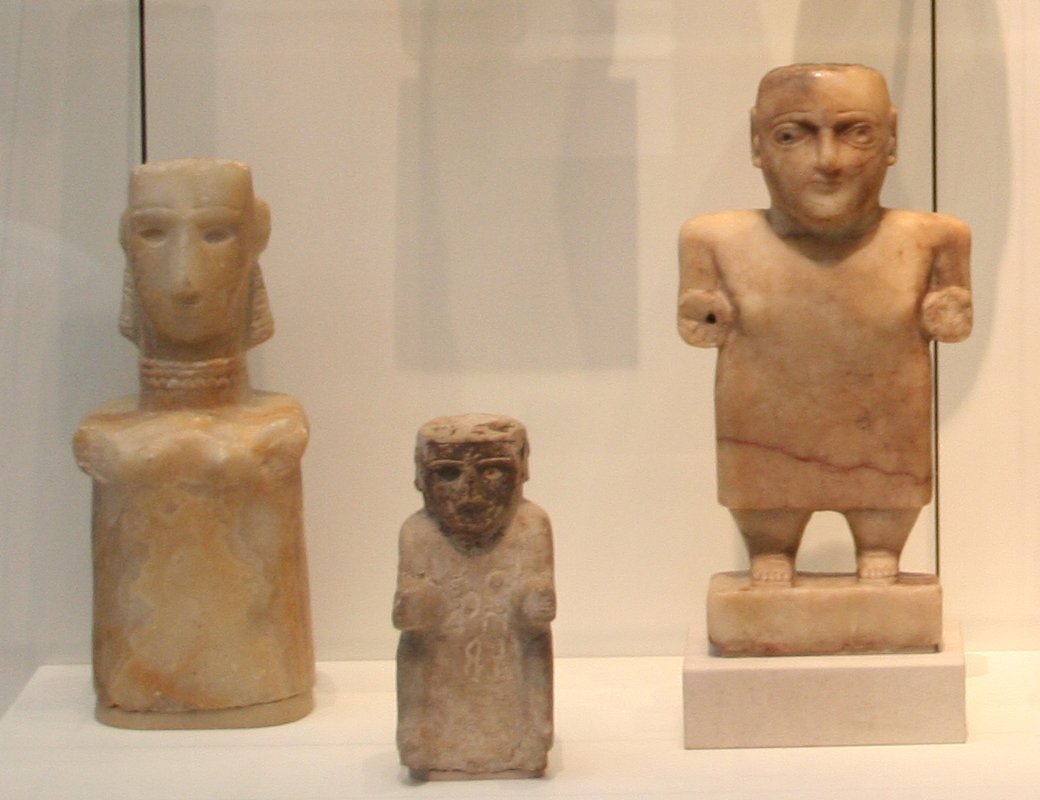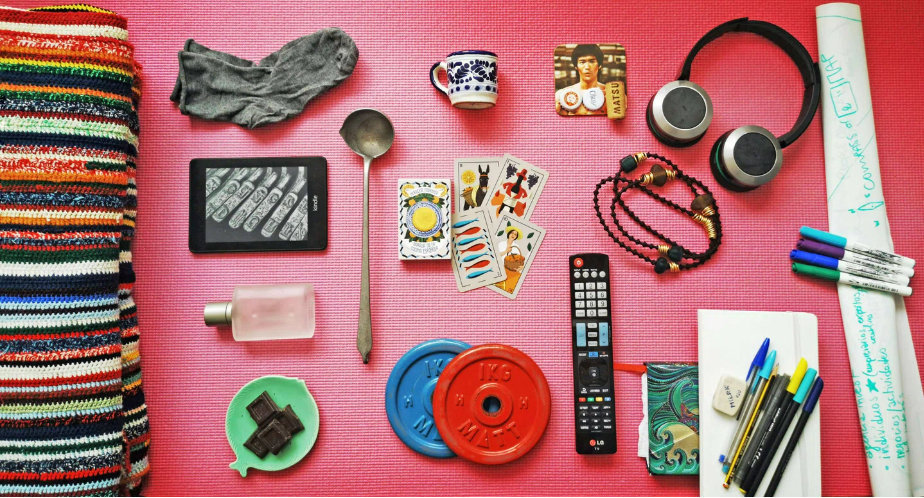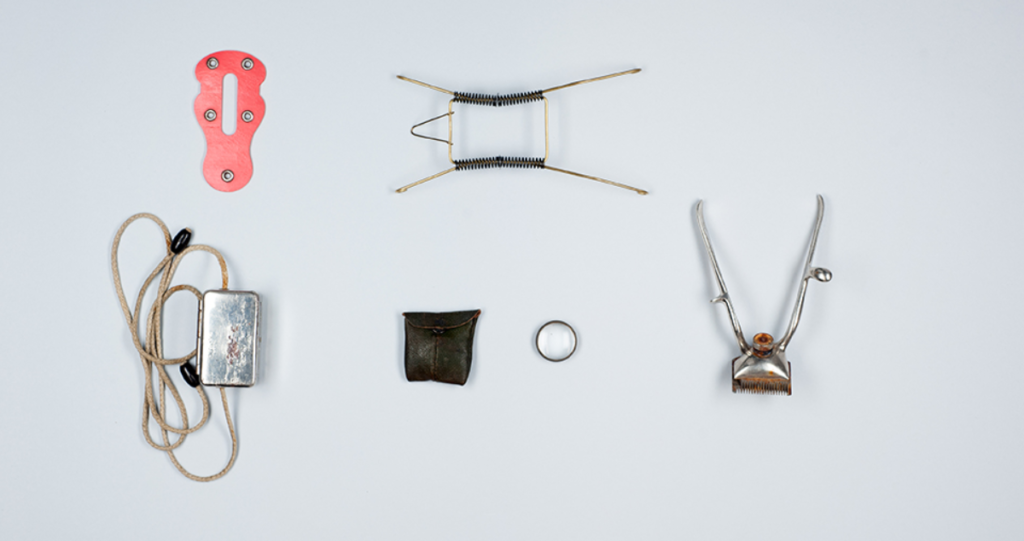Objects are not merely inanimate things; they are witnesses to the rich tapestry of human history. From humble tools crafted by early civilizations to technological innovations that shape our modern world, each object carries stories and significance that connect us to the past. Join us on a captivating journey as we explore the profound historical value and cultural significance of objects as artifacts. Discover how these objects serve as windows into our shared heritage, revealing the lives, traditions, and societal shifts of past generations.
Unearthing the Past: Archaeological Artifacts:
Delve into the realm of archaeology and the treasures unearthed from ancient civilizations. Explore how objects such as pottery, jewelry, and tools provide insights into the daily lives, beliefs, and artistic expressions of past cultures. Learn how archaeologists piece together fragments to reconstruct stories of ancient societies.
Cultural Artifacts: Preserving Traditions and Identity:
Discover how objects serve as cultural artifacts, preserving traditions and identity. Explore the significance of ceremonial objects, traditional clothing, and symbolic artifacts in representing the values, beliefs, and rituals of diverse cultures around the world. Learn how these objects connect us to our roots and foster a sense of cultural pride.
Technological Advancements: Objects of Innovation:
Witness the evolution of technology through objects that mark significant advancements. From early inventions like the printing press to modern-day gadgets, explore how these objects have transformed society, revolutionized industries, and shaped the way we live and communicate. Discover the impact of technological artifacts on human progress.
Everyday Objects: Traces of Daily Life:
Uncover the historical value of everyday objects that provide glimpses into the lives of past generations. From household items and personal belongings to advertisements and photographs, explore how these objects reflect societal norms, economic conditions, and changing lifestyles. Learn how seemingly ordinary objects become portals to understanding the past.
Objects of Conflict: Traces of War and Struggle:
Explore the significance of objects related to conflict and warfare. From military artifacts and weapons to letters and personal mementos, these objects bear witness to the experiences of soldiers, civilians, and communities affected by war. Discover the stories of resilience, sacrifice, and courage embedded within these artifacts.
Icons of Art and Design: Objects of Aesthetic Expression:
Celebrate the role of objects as icons of art and design throughout history. Explore the works of renowned artists, architects, and designers, and how their creations have become cultural touchstones. From sculptures and paintings to iconic furniture and fashion, delve into the aesthetic expressions that define different eras.
Museums and Exhibitions: Preserving and Sharing Objects’ Stories:
Recognize the vital role of museums and exhibitions in preserving and sharing the stories of objects. Discover how curators and historians curate collections and design exhibits to educate, inspire, and create meaningful connections with audiences. Learn how museums contribute to the preservation of our collective memory.
Personal Connections: Objects as Family Heirlooms:
Celebrate the personal connections we forge with objects that hold sentimental value. Explore the significance of family heirlooms, passed down through generations, and the stories they carry. Learn how these objects become cherished links to our personal
Conclusion:
Objects are more than mere possessions; they are gateways to the past. They hold the stories of civilizations, the traditions of cultures, and the innovations that have shaped our world. By exploring the historical value and cultural significance of objects as artifacts, we gain a deeper understanding of our shared heritage and collective memory. Let us continue to cherish, preserve, and learn from these objects, as they provide us with valuable insights into the diverse and fascinating tapestry of human history.







